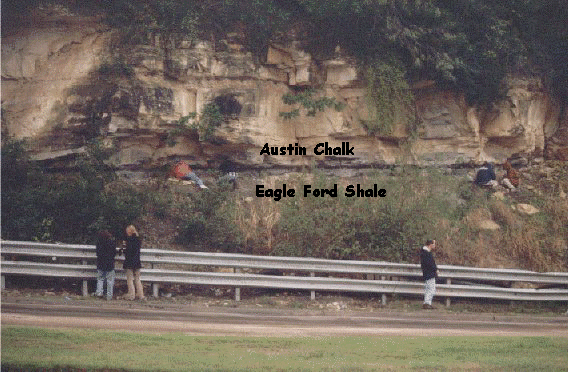
Figure 14. Austin Chalk - Eagle Ford Shale contact.
Stop 3. Eagle Ford Shale
Eagle Ford Shale underlies Austin Chalk - the contact between the two rocks is exposed at the western edge of the Austin Chalk outcrop (site 3 on Fig. 1). In the photo below, the tan Austin Chalk overlies the dark gray Eagle Ford Shale. The dip of these rocks is also visible at this location - the layers dip very gently to the east (left side of the photo).

Figure 14. Austin Chalk - Eagle Ford Shale contact.
The Eagle Ford Shale contains marine fossils such as the shark's tooth shown below.
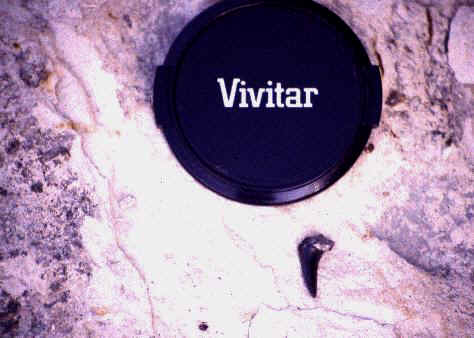
Figure 15. A shark's tooth from the Eagle Ford Shale.
As at Tenmile Creek, the Austin Chalk is relatively resistant, but is subject to rock falls along steep slopes.
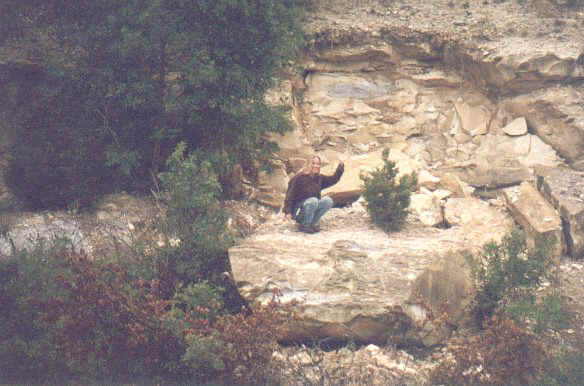
Figure 16. Recent large rock fall in the Austin Chalk.
Eagle Ford Shale is composed of clay particles. It is finely layered and strongly fissile. The rock is subject to severe erosion, mainly because of slaking (swelling and shrinking of the clay).
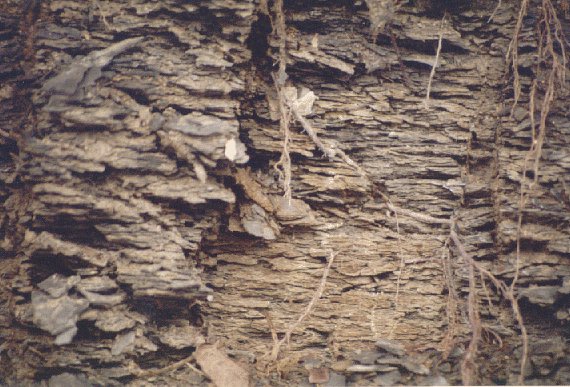
Figure 17. Close up of the Eagle Ford Shale.
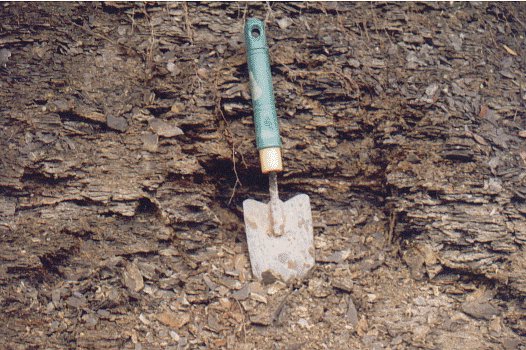
Figure 18. Slaking of the Eagle Ford Shale.
The rock crumbles easily and, in Dallas County, forms a prominent strike valley occupied by Mountain Creek, Lake Joe Pool and Mountain Creek Lake (Fig. 1). The photo below shows the view west from the top of the White Rock Escarpment. Mountain Creek Lake, which occupies the Eagle Ford Shale strike valley, is just visible near the center of the photo.
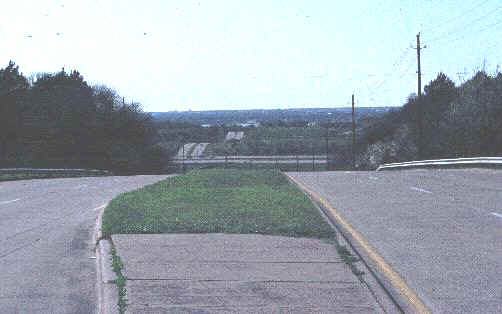
Figure 19. View of the strike valley in the Eagle Ford Shale from the top of the
White Rock Escarpment (looking west).